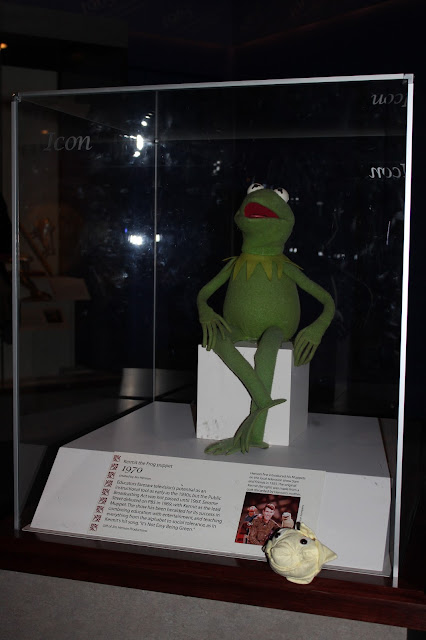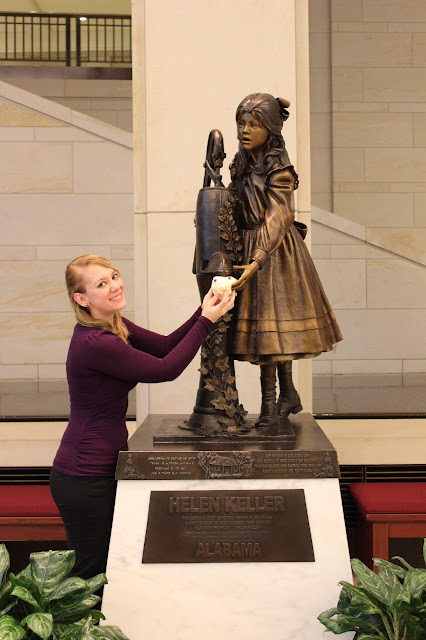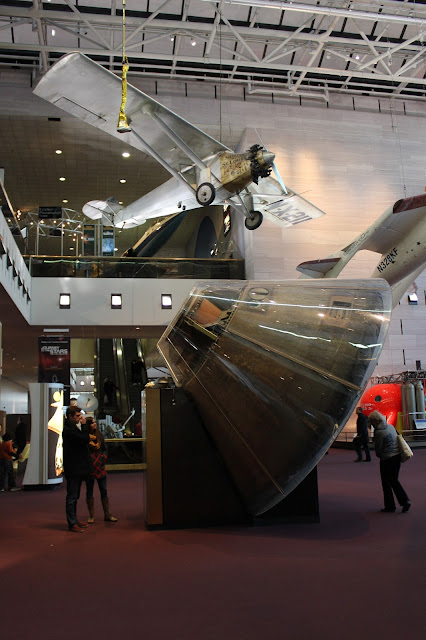I cannot tell you how excited I am that work has begun on the cut-away tactile model of the Planetarium's StarBay and Zeiss Universarium IX Projector!
We've done some work to figure out the layout on the casework, and while I knew it was going to be 24" in diameter, it was completely different experiencing how big that is, for lack of a better phrase, "in real life." Below are some pictures of the process of mocking it up to get an idea.
 |
| Figuring out the base and dome size |
 |
| Cutting out the shape of the dome with the band saw |
 |
| Giving an idea of the size of the model |
It is going to be so amazing when it is done! I was also excited to receive some pictures today. I am now out of town but work on the model has continued. I'm very excited to see the Zeiss model's positive in person when I get back (and special thanks to Ian for all your hard work)!
 |
| Zeiss model starts to appear as a positive in foam! Here is the base and planet projectors |
 |
| Side view of the Zeiss model's base and planet projectors |














